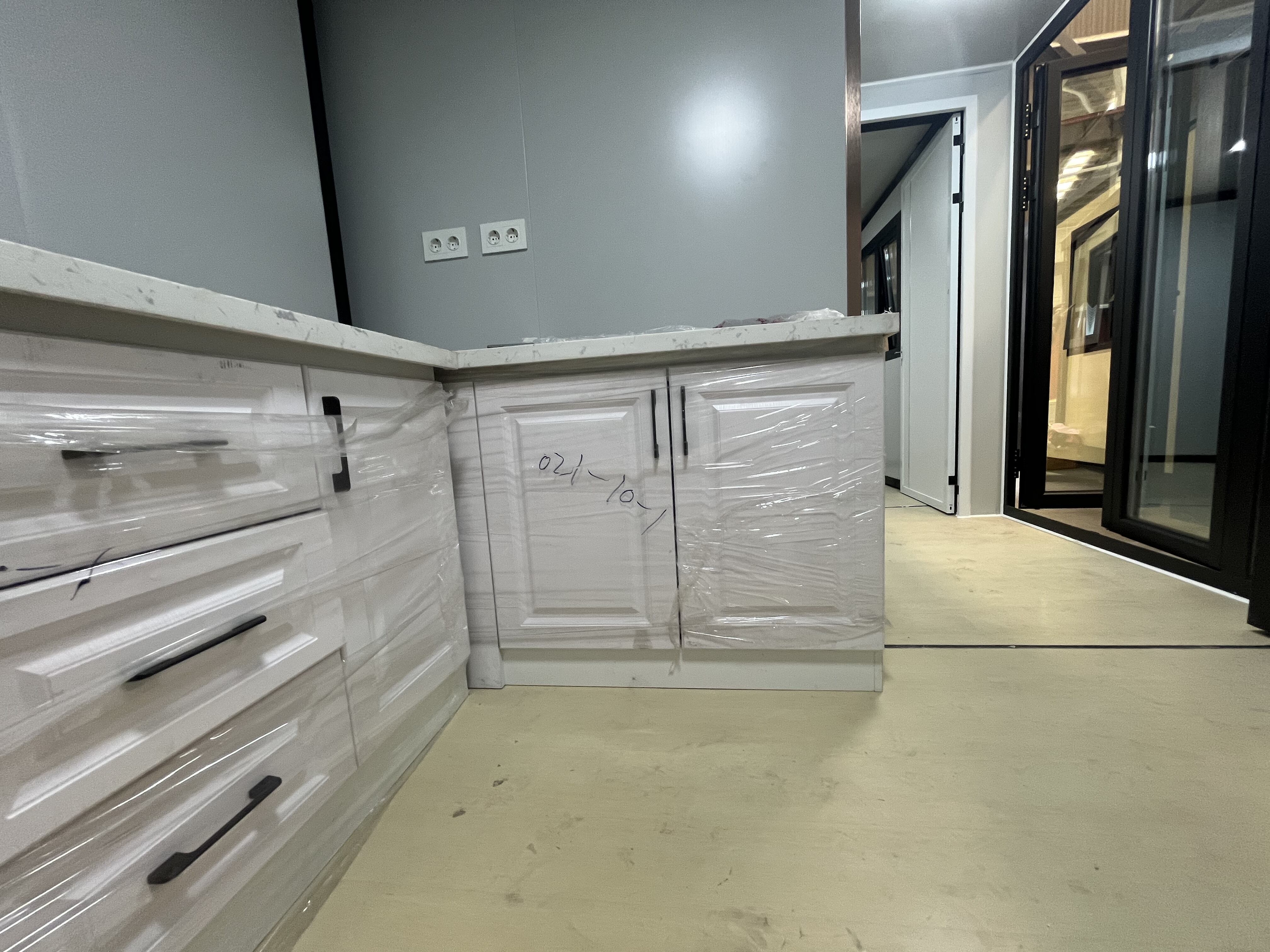In the last few years, more and more people started looking into ways of sustainable living. They started searching for greener options of housing such as eco-friendly homes. It looks like prefab houses are at the forefront of those modern solutions. Those homes are built in a different location and then brought to the designated construction site, which makes construction less wasteful than traditional methods, eco-friendly, and more convenient. This post describes everything there is to know about prefab homes of the future, their growing popularity, and how they foster an environmentally responsible lifestyle.
Prefabricated houses, or prefab houses, as they are often called, are not as time-consuming to construct than traditional homes. They can be built in weeks as opposed to several months or years, which is customary. Not only time and labor costs are reduced but also the environment is saved due to less spending on resources during the period of construction. Considering the accelerated growth of the population, accessible sustainable housing options such as prefab homes become critical and increasingly popular around the world.
An additional primary advantage of prefab homes is their adaptability to customization. Tailored to individual requirements and preferences of homeowners, modern prefab designs provide myriad options. These homes can be equipped with energy-efficient materials and innovative layouts that offer maximum comfort while following eco-friendly guidelines. Such flexibility appeals to a wide range of clientele—young families searching for a sustainable living solution as well as retirees wanting a cozy home.
Additionally, solar panels, green roofs, and other energy-efficient appliances are often employed in prefab houses. These sustainable technologies help mitigate the carbon footprint and also prove to be economically beneficial over time. In this day and age when environmental concerns are on the rise, there's a growing market of consumers seeking homes that align with their eco-conscious values. Prefab houses made to appeal to contemporary design aesthetic serve these sustainably minded customers wishing to lessen their ecological impact.
The increase in prefab homes coincides with changes in the real estate market paradigm. Urbanization, in tandem with the skyrocketing prices of real estate in metropolitan cities, is forcing a greater need for affordable housing strategies. Prefab homes, therefore, serve as an economical solution without compromising on the quality and aesthetics of the home itself. With more developers appreciating the concept of prefab construction, projects aimed at sustainability and affordability will, in due course, become the standard.
Stepping away from the context of real estate, prefabricated homes are already built or assembled from parts at the factory and thus ready to be transported and delivered to the home-site. This concept alone simplifies processes and expedites procedures from design through construction. Increased development and deployment of these prefab homes will allow for an easier shift towards green energy strategies – such as solar panel installation – for households, promoting sustainable eco-friendly lifestyles.
The emergence of prefab homes also marks a pivotal change towards more responsible practices around housing and real estate. Modern homeowners prefer eco-friendly and customizable living spaces. Sustainability and efficiency are two elements that can be embedded in the design of prefab homes. These aspects help meet these homeowners' expectations. It’s safe to say that with the rising demand towards environmentally-responsible household approaches, the increase of prefab homes will allow for further adaptable and customizable designs, decisively defining the future of suburban development and eco-sustainable living.





